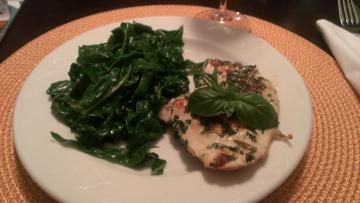Welcome to Adams Nursery Blog
Welcome to the Adams Nursery Blog!
Gardening and landscaping can be a trial and error process. Over the years, Neal has learned many tricks and tips on how to make plants grow, where to plant them and how to identify plant problems.
Whether you walk in to Adams Nursery, visit the website or see Neal at Walmart, Neal and his staff are always will to answer any gardening question.
Hopefully, you will find the gardening information you need on the Adams Nursery blog. If you can't find what you are looking for, call us at 870-236-2066. Who knows - your questions may give us an idea for a gardening post.
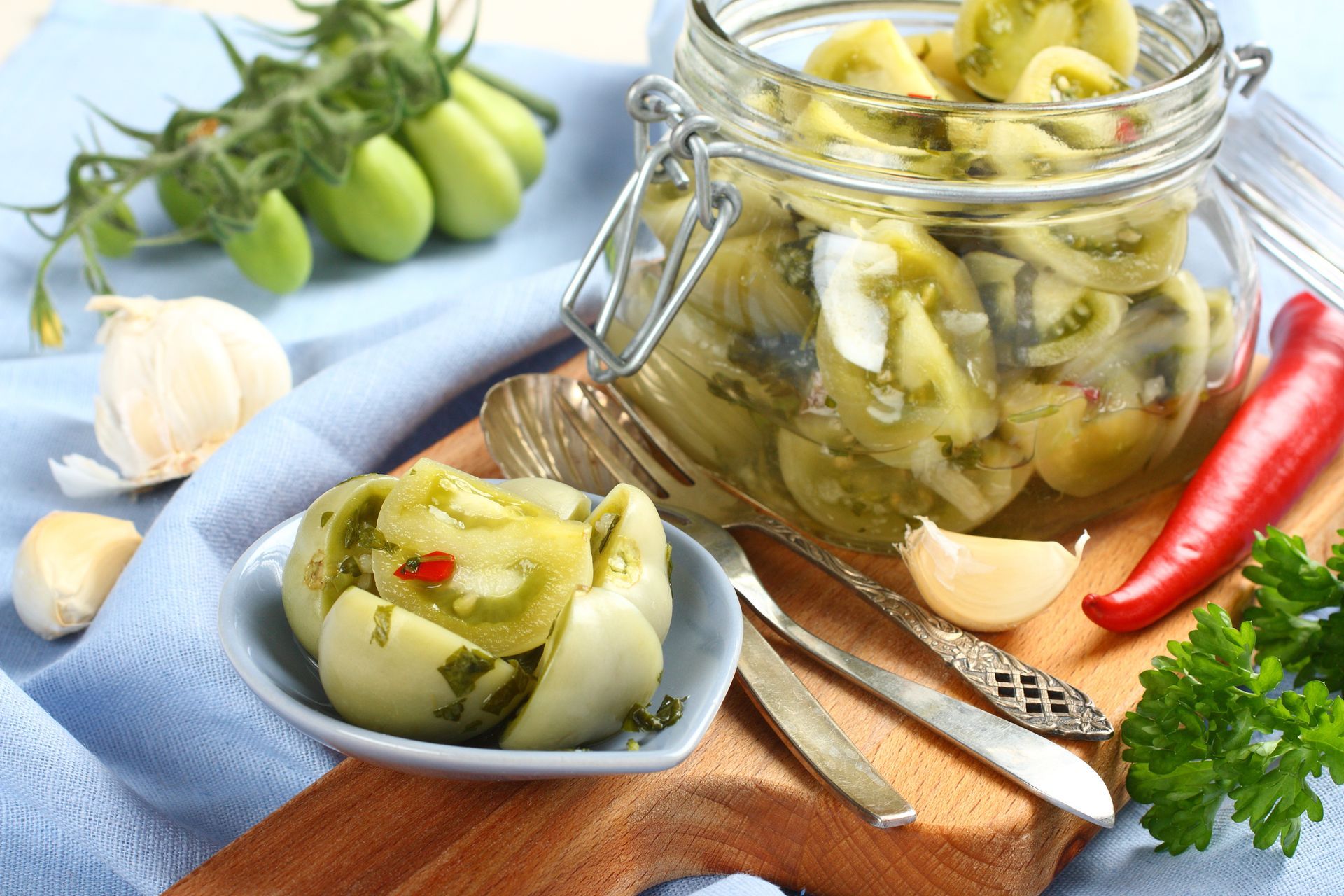
Jamie and Neal grow several different types of tomatoes in their garden. One fall with an abundance of green tomatoes that wouldn't ripen before an upcoming frost, Jamie tried this recipe. Neal loves the dill in these pickled green tomatoes. Yield about 6 pints Tools needed Large sauce pan Wood spoon Water canner Ingredients 5lbs small, firm green tomatoes 1/4 cup canning salt 3 1/2 cups vinegar 3 1/2 cups water 6 or 7 cloves garlic 6 or 7 heads of fresh dill or 1/4 cup dill seeds 6 or 7 bay leaves 6 or 7 Kung pao or cayenne peppers Canning Directions Wash Tomatoes Core tomatoes and cut into halves or quarters Combine salt, vinegar, and water in a large sauce pot Bring the ingredients to a boil Pack tomatoes into hot jars, leaving 1/4" headspace. Add a glove of garlic, 1 head of dill (or 2 teaspoons dill seed), 1 bay leaf, 1 pepper Ladle hot liquid over tomatoes, leaving 1/4" headspace Remove air bubbles Adjust two-piece caps. Process 15 minutes in a boiling water canner Let tomatoes sit for 4 to 6 weeks before eating. The original recipe came from the Ball Blue Book Guide to Preserving . Jamie altered the recipe slightly
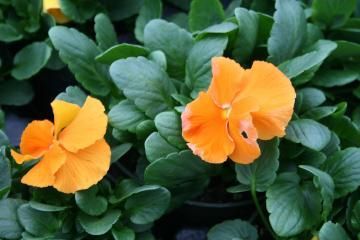
Many customers have been calling and stopping by the nursery the past few weeks wanting to know what to do with flowerbeds and pots that are showing the fatigue of winter. March is a transitional time in northeast Arkansas and southeast Missouri, as we still get some cool days and frosty nights. My recommendation is to use early-spring annuals and biennials that can tolerate these conditions as a way to revive your landscape.
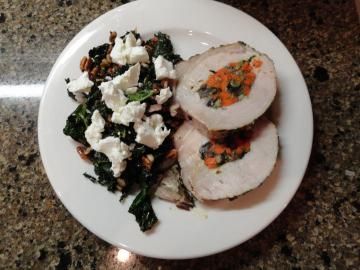
Swiss Chard is one of my favorite vegetables. Over the years it has been my pleasure to introduce the value and benefits of Swiss Chard to interested gardeners in our area. Today, I would like to share that information with you. So you might wonder, what is Swiss Chard? Beta vulgaris (Swiss Chard) is a leafy green vegetable high in vitamins A, K and C. It is used often in Mediterranean cooking. Jamie and I love Mediterranean cooking and leafy greens which makes this a perfect vegetable for us. Swiss Chard belongs to the same family as Spinach and Beets. Although it has a slightly bitter and salty taste, when cooked it as a delightful element to any meal. It, also, make a beautiful garden plant. Now if you have never seen Swiss cahrd you might be wondering - What does Swiss Chard look like? Well, the leaf is wide and fan shaped and some what rippled like Bibb lettuce. The stalks are thick and crunchy and come in a variety of colors such as red, white, green, yellow and orange. Broad leaves perched on colorful stalks is what makes it such a pretty garden plant. Now that I have peaked your interest in this awesome plant, you will want to know where you can grow Swiss Chard. If you've grown beets you can grow Swiss Chard. This Biennial is grown as an annual in full-sun to light shade areas. It roots deep and is very rugged. In fact, the more you harvest (cut) the leaves from this plant the better it seems to do. Jamie and I have found that in Northeast Arkansas and the Bootheel of Missouri, Swiss Chard can be grown in two crops. A spring-summer crop and a fall-winter crop. You can start you Swiss chard from seed sown directly in the garden or as I like to do it from plants already establish in plugs. To harevest the plant simply cut the leaves off and use them. Harvesting bring me to my favorite part of growing Swiss Chard - eating it. I like to saute it with a little goat cheese, walnuts and cranberries. Here is my favorite recipe: Sauteed Swiss Chard What you need: 5-6 large Swiss Chard leaves including the stems - Brights lights Swiss Chard is my favorite because the stem are colorful and make a great presentation on the plate. 1-2 large garlic cloves coarsely chopped 1 Tbl Extra Virgin Olive Oil Begin by washing the Swiss Chard in cold water. Shake the excess water off and place the leaf on the cutting board with the leaf folded over along the center rib, so that you can cut out the rib of the stem. Then while the leaf is still folded cut the leaf into 1" wide ribbons and place in a salad spinner to dry. Then chop your garlic. Now place your dutch oven pan over low-med heat and add 1Tbl of Extra Virgin Olive Oil. Brown you garlic in the oil till it is golden in color. Turn up the heat to a solid med and Swiss Chard to the hot oil and garlic. Toss rapidly to cook. Be careful not to overcook. This process should only take 2 to 3 minutes. Best flavor when Swiss Chard is still a little stiff and crunchy. Remove from heat and add kosher salt to taste.
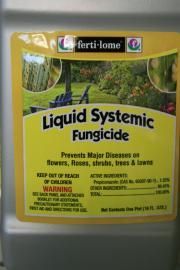
If this is a first time occurence proper irrigation and fertilization should remedy the problem. If this is a recurring problem then a chemical will need to be applied. For the homeowner Ferti-lome Liquid Systemic Fungicide is a good option for treatment. It will take a couple of applications seperated by 14 days. Always read the label through and follow directions carefull to safegaurd yourself and the plants your treating.
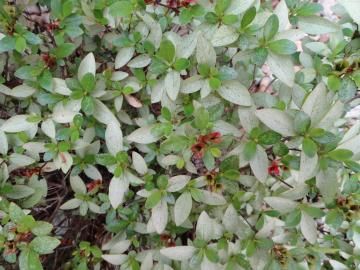
Every spring, summer and fall, a customer will bring an azlaea leaf to us with this white lacy look. Usually by the time a customer brings in their leaf the whole plant has this appearence. These are the common question asked: Is this caused by a disease? Most people think the plant has become victum to some kind of azalea disease. However, that is a mis-conception. What really has happened is that an insect called lace bug found the azalea and launched a very vigorus attack. What is lace bug? Adult Lace bug is a small brownish or blackish insect with wings. The nymphs are blackish in color with spiny protrutions and no wings. How does this insect damage the Azaleas? This insect uses it's piercing-sucking mouths parts on the underside of the leaves to withdrawn chorophyll from the plant. Will Lace bug kill azaleas? A light infestation of Lace Bug will only cause an unattractive appearence in the azalea. However, a heavy infestation will cause the leaves to turn brown and drop pre-maturely thus eventually causing the plant to decline and then die.

